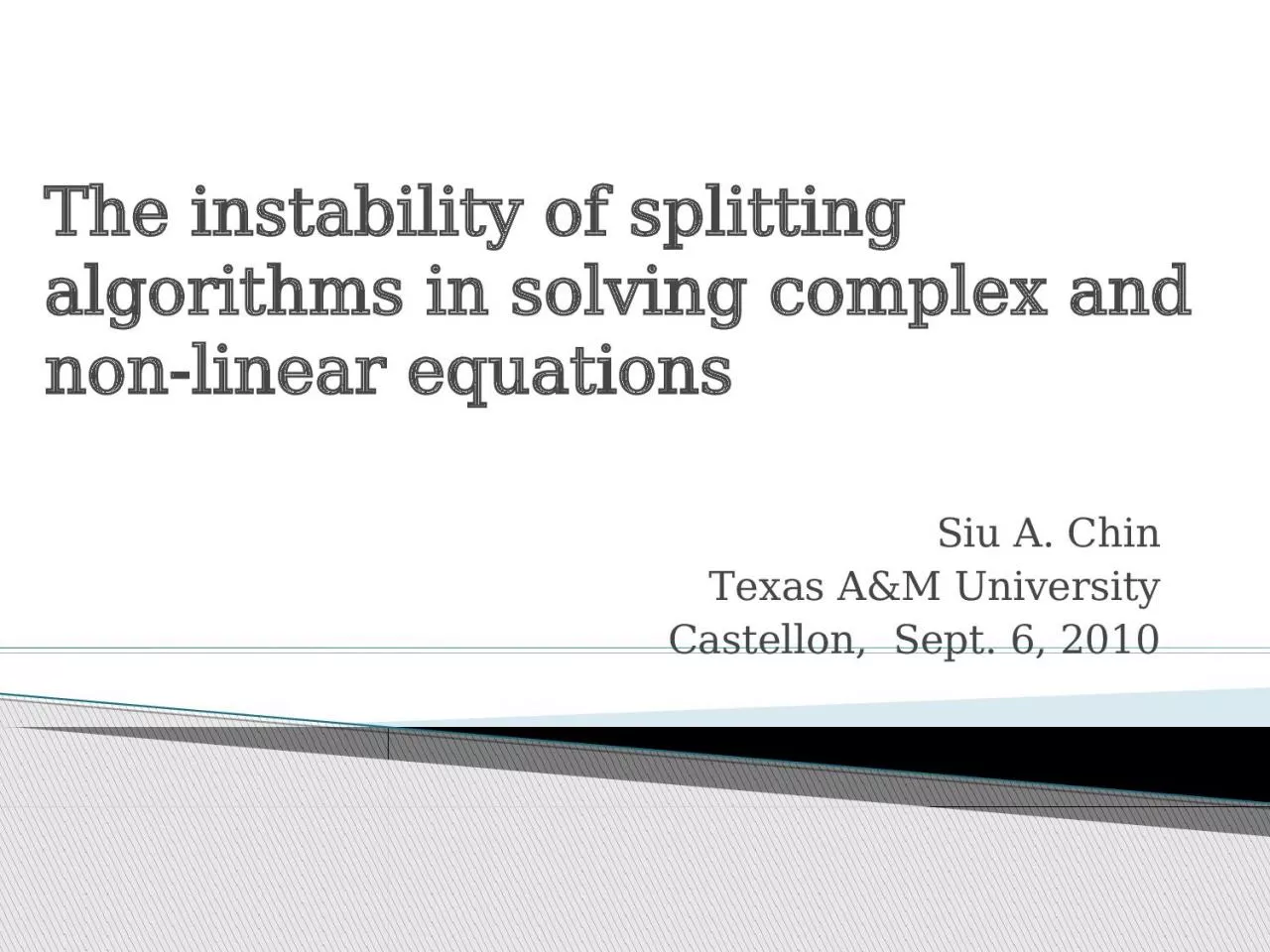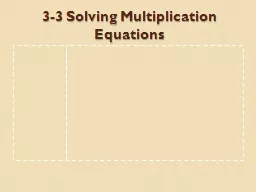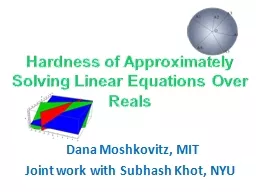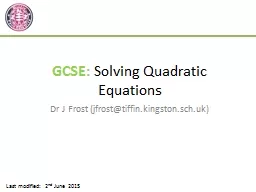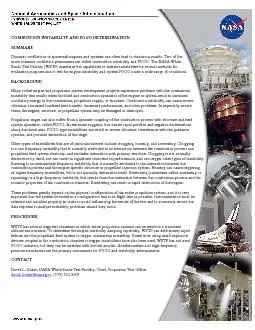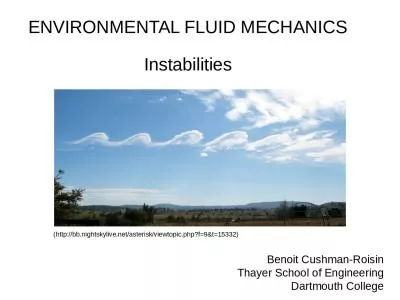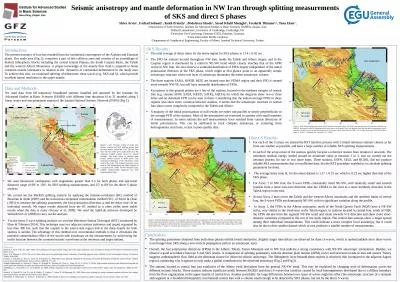PPT-The instability of splitting algorithms in solving complex and non-linear equations
Author : smith | Published Date : 2024-01-29
Siu A Chin Texas AampM University Castellon Sept 6 2010 Forward algorithms with all positive time steps for solve timeirreversible equations with a diffusion kernel
Presentation Embed Code
Download Presentation
Download Presentation The PPT/PDF document "The instability of splitting algorithms ..." is the property of its rightful owner. Permission is granted to download and print the materials on this website for personal, non-commercial use only, and to display it on your personal computer provided you do not modify the materials and that you retain all copyright notices contained in the materials. By downloading content from our website, you accept the terms of this agreement.
The instability of splitting algorithms in solving complex and non-linear equations: Transcript
Download Rules Of Document
"The instability of splitting algorithms in solving complex and non-linear equations"The content belongs to its owner. You may download and print it for personal use, without modification, and keep all copyright notices. By downloading, you agree to these terms.
Related Documents

